FOCUS ON - WEBB SCORES ITS FIRST ROCKY PLANET CONFIRMATION
All About Space UK
|Issue 140
Hopefully the first of many more detections to come

NASA’s newest space telescope has notched another milestone with observations of its first rocky world. A little over a year after its launch, the historic James Webb Space Telescope has detected its first rocky exoplanet, and the distinction goes to LHS 475 b – an Earth-sized planet as hot as Venus located just 41 light years away from Earth in the constellation of Octans. Webb’s design process began when scientists had identified only a handful of exoplanets, and the observatory wasn’t tuned to discover alien worlds. However, the telescope’s formidable optics – and particularly its ability to split light from a source by wavelength – make it a powerful tool for studying planets and planet candidates that scientists have already spotted.
Using Webb’s Near Infrared Spectrograph (NIRSpec) instrument, Jacob Lustig-Yaeger, an astronomer at the Johns Hopkins University Applied Physics Laboratory in Maryland, and his team looked for atmospheres on a handful of rocky Earth-sized exoplanets. One of their targets was a planet called LHS 475 b, hints of which had previously been spotted by NASA’s primary planet-hunter, the Transiting Exoplanet Survey Satellite (TESS) mission that launched in April 2018.
Diese Geschichte stammt aus der Issue 140-Ausgabe von All About Space UK.
Abonnieren Sie Magzter GOLD, um auf Tausende kuratierter Premium-Geschichten und über 9.000 Zeitschriften und Zeitungen zuzugreifen.
Sie sind bereits Abonnent? Anmelden
WEITERE GESCHICHTEN VON All About Space UK

All About Space UK
MYSTERIES OF THE UNI WHERE ARE ALL THE SPIRAL GALAXIES?
There are far fewer spiral galaxies than elliptical ones in the Supergalactic Plane, and scientists are keen to discover why
7 mins
Issue 161
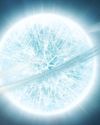
All About Space UK
ZOMBIE STARS
+10 OTHER TERRIFYING SPACE OBJECTS
8 mins
Issue 161

All About Space UK
HOW TO BEAT LIGHT POLLUTION
Thought it was impossible to observe the wonders of the night sky from towns and cities? Think again. Follow our tips and tricks on successfully observing through sky glow
2 mins
Issue 161
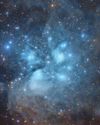
All About Space UK
15 STUNNING STAR CLUSTERS
These beautiful stellar groupings are spattered across the cosmos
8 mins
Issue 161
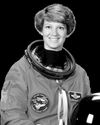
All About Space UK
Eileen Collins "It was a difficult mission...we were the first to see Mir"
Having served as both the first female pilot and first female commander of NASA's Space Shuttle, Collins boosted the involvement of women in space exploration to a whole new level
9 mins
Issue 161
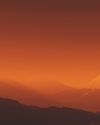
All About Space UK
MARS LEAKS FASTER WHEN IT'S CLOSER TO THE SUN
The Red Planet has lost enough water to space to form a global ocean hundreds of kilometres deep
2 mins
Issue 161

All About Space UK
FUTURE TECH KANKOH-MARU
This ambitious reusable spacecraft will be capable of taking 50 people to and from orbit
2 mins
Issue 161

All About Space UK
THE FINAL FRONTIER
Beyond the reach of the Sun is a fascinating region of the cosmos that were only just beginning to explore
8 mins
Issue 161
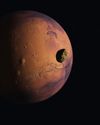
All About Space UK
A long-lost moon could explain Mars' weird shape and extreme terrain
A long-lost moon could explain why Mars is so different from the other rocky planets in the Solar System. Today Mars has two tiny moons.
2 mins
Issue 161
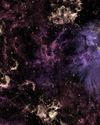
All About Space UK
A sprinkling of cosmic dust may have helped kick-start life on Earth
Cosmic dust may have helped kick-start life on Earth. New findings challenge a widely held assumption that this wasn't a plausible explanation.
3 mins
Issue 161
Translate
Change font size

